Vapor Barrier “No Sweat” Shirt
$75.00 – $89.00
Features:
- Sport Shirt with zipper front
- Extra long arms to allow full arm motion even when the cuff is closed
- Collar can be turned up when desired
- Also makes a good lightweight windbreaker (or rain jacket if you seal seams.)
- Covered pocket gives inside security for small items
- Keeps humidity high at core
- Stops evaporative cooling
- Keeps upper insulating layers dry
For more information see About Vapor Barrier below.
The Vapor Barrier “No Sweat” shirt is made like a sport shirt with zipper front. Arms are extra long to allow full arm motion even when the cuff is closed and held to your wrist with the velcro tabs. The collar can be turned up when desired for a better seal and neck protection. It also makes a good lightweight windbreaker (or rain jacket if you seal seams.) Release the velcro cuffs to let extra sleeve length cover your hands. A covered pocket gives inside security for small items.
Standard Colors:

Tan

Dark Gray
Select Availability Colors:

Light Green

Black

Brown
We have two styles of collar available, the standard collar and minimal collar. The standard collar is tall and can be flipped up to protect and warm the neck. The minimal collar is stationary.
The Vapor Barrier “No Sweat” shirt is made like a sport shirt with zipper front. Arms are extra long to allow full arm motion even when the cuff is closed and held to your wrist with the velcro tabs. The collar can be turned up when desired for a better seal and neck protection. It also makes a good lightweight windbreaker (or rain jacket if you seal seams.) Release the velcro cuffs to let extra sleeve length cover your hands. A covered pocket gives inside security for small items.
Vapor Barrier shirts were originally made to give people a low cost useful way to learn the value of Vapor Barrier insulation. They soon became our most popular repeat and gift sale item. The original coated fabric shirts served the purpose well, but needed an undershirt under it for best comfort, and didn’t last long enough to suit us. About 1983 we got the smooth version of Fuzzy Stuff (which we still use in Vapor Barrier socks), and in ’85 the Fuzzy version with best comfort. Since then all Warmlite Vapor Barrier clothing and Warmlite sleeping bag interior bottoms have been made with Fuzzy Stuff.
For shirt colors we’ll send your choice of colors we have in stock. We can’t stock shirts in all colors and sizes, but can special make one from available color if you don’t mind the 1 to 3 month delay. We’ll make Vapor Barrier shirts in custom sizes, but need extra $9 and a shirt that fits you for pattern, or very precise measurements. Sleeves will be made 4 to 5″ longer so you can raise your arm with the wrist velcro closed.
Want more information about vapor barrier? Check out this article on how Vapor Barrier works! Vapor Barrier Information
About Vapor Barrier
- The Warmlite® vapor barrier clothing and sleeping bag liner protects an individual from dehydration, mineral loss, and overheating, while also protecting clothes from being soaked by sweat. Sweat is contained within the vapor barrier layer and does not readily evaporate, nor can it reach clothing, making clothing cold, wet and putting one at risk of hypothermia.
- Vapor Barrier items can add up to 15° Fahrenheit of warmth when snugly sealed at all openings. Slight ventilation will eliminate most of the warmth retention, but will not stop the excess sweat prevention.
- Conserving body moisture is especially important in winter. If you begin to sweat heavily in the vapor barrier clothing, simply remove outer clothing until you feel comfortable.
- With vapor battier clothing it is best to adjust the number and weight of outer layers before engaging in increased activity, such as climbing or leaving camp to go for a hike. This is to prevent excess heat and sweat.
- The lining of Warmlite® sleeping bags is made of fuzzy stuff, it is a blend of vapor barrier material and a warm, wicking, fabric that wicks sweat away from the body keeping it dry and warm while sleeping. That’s why the surface wicking of Warmlite Fuzzy Stuff is so important for comfort.
- Hand wash all vapor barrier items such as shirts, pants, socks, and gloves. Another way to rinse vapor barrier items is to put the item on inside out and run the shower over it.
Sizing Guide
Sizing is based on shirt neck size
XXS = 12-12 1/2
XS = 13-13 1/2
S = 14-14 ½
M = 15-15 ½
L = 16-16 ½
XL = 17-17 ½
XXL = 18-18 1/2
Vapor Barrier Technical Details
The Importance of Vapor Barrier Materials
Vapor Barrier – No Sweat
Sweat is the liquid water your skin exudes from sweat glands to cool you when you are overheated, unfortunately, that sweat also contains oils and salt. Salt and soluble oils are moisture absorbents, depending on concentration and type of salt and oil, it can take up to 3 times the heat energy produced by your body to evaporate water mixed with such absorbents. This happens when sweating lasts for long periods of time, the water released from sweat glands begins to mix with the minerals and oils left on the skin from prior sweating. All of that excess energy required to evaporate sweat with a higher salt and oil content goes into chemical change instead of only cooling the body. You may have noticed that the first initial sweat seems to cool you much better than later sweat, this is because dried salt and oil resist evaporation, and release heat to your skin from contact with new sweat. A fresh water rinse cools you and restores the cooling of initial sweat. At first sign of sweat it is suggested one remove excess insulation or ventilate clothing to carry off the excess heat. Any moisture and minerals lost through sweat must be replaced quickly.
If your heat loss equals production you feel comfortable, if activity level increases, overheating causes sweating for evaporative cooling. When you notice wetness from sweat you’ll want to vent or remove extra clothes to get evaporative or convective (air movement near the skin to remove the insular heated air layer) cooling. Once a comfortable mixture of heat loss and production is attained your body will stop sweating again, however, that is not always possible due to conditions or current activity. Many people use wickable under-garments, which moves sweat away from your skin so you won’t notice the overheating and sweating and it won’t dampen or soak clothing close to your body, only to upper layers unless all layers are wickable. This works well for comfort indoors, for short periods of activity, or moderate climates. The downside to wearing wickable clothing is that it prevents the body’s natural cooling process when and where you need it most. It also only moves the sweat your body creates to upper layers, still creating potential for becoming cold or more series problems such as hypothermia, heat stroke, or heat exhaustion. Be sure the wickable product you are researching is, in fact, wicking and not only porous, moisture absorbing, or breathable, as they are not the same and do not serve the same functions. Most of this isn’t a problem if you’re going outside for short periods, with steady activity, and are not overdressed. But for jogging, skiing, hiking, or mountaineering it can be a very serious matter.
It has been reported that you lose up to four pounds of water each night through evaporation of insensible sweat when sleeping in a porous, breathable sleeping bag. Weighing of such bags in the morning shows 2 to 4 pounds of increase, confirming that statement, while also showing that sweat and vapor don’t make it out of those bags. Sweat wicks away from the body and into the bag, becoming trapped in higher layers. The water vapor from sweat condenses in the insulation, leaving the bag wet and the higher the elevation the more water is lost by your body. If you lose 4 pounds of water during 8 hours of sleep you can expect to lose much more during the 16 hours you are awake and active. That level of dehydration can lead to serious impairment of circulation due to thickened blood, this in turn can increase the risk of frostbite. This is why it is important to drink more water and provide minerals to your body while performing strenuous activity. You can create a warm humid condition around your body all day and night with Vapor Barrier clothing and sleeping bags, and thus reduce dehydration and mineral loss.
Wicking under-garments cannot stop the chill of moisture evaporating from within your skin, since that moisture is not on the surface where it can be wicked away. The only way to reduce that evaporative chilling is to raise the humidity levels next to your skin by raising humidity in the surrounding air. This is determined by the dew point of the air temperature or by creating an artificial barrier between your skin and the atmosphere, one that can attain a higher temperature and thus a higher dew point to control sweating and chilling. The best artificial barrier is vapor barrier technology. Vapor barrier clothing can both raise the temperature next to the skin and thus also retain a higher humidity level beside the skin. If humidity next to your skin reaches 100% (meaning it can’t hold any more water vapor), evaporation stops, chilling stops, and water taken from skin not sweat (insensible sweat), stops. That’s why a humid day feels warmer than a dry day. When skin moisturizing can’t keep up with rapid drying, your skin gets dry, chapped, and is more likely to suffer frostbite.
During World War II, US cold weather troops used Vapor Barrier socks to cure frostbite and trench foot. We started promoting use of Vapor Barrier socks (baggies, bread bags, etc.) in 1957, then gloves and shirts, and in sleeping bags in 1967. Vapor barrier in a sleeping bag gives no added warmth when vented, but always protects the insulation from condensation and sweat soaking. Thus, it’s advisable to have Vapor Barrier in your bag for ALL seasons. The surface wickability of Warmlite’s Fuzzy Stuff makes it especially desirable for summer use when you’re sure to overheat.
A common argument against Vapor Barrier is actually a misunderstanding of the function and usefulness of vapor barrier clothing and is, in fact, Vapor Barrier simply doing its job. Using vapor barrier clothing is different than other clothing, such as wickable clothing, and habits and attitudes towards layering will have to be adjusted. Once learned how to be used, however, it is not only helpful but can be an actual life saver. Vapor barrier clothing can increase temperature beside the skin by up to 20°F. Vapor barrier clothing immediately warns the wearer of overheat because it traps over 90% of moisture (sweat) within the barrier, this is what alerts the wearer to overheating. This can be misunderstood as causing the overheating, but it simply all sweat being trapped, protecting upper layers from becoming damp or soaked. It also stops evaporation, chilling, and insensible sweat.
Will Steger used a breathable sleeping bag for his dog sled trip to the north pole. Those 17 lb. bags (almost as thick as our 4 1/2 lb. Goose Down bags) were carried loose on top of sleds ‘for best drying’ yet weighed over 52 pounds in a few weeks from sweat condensing to ice. Luckily, they were flown out from the pole. Meanwhile, a Canadian/Soviet team cross-country skied across the pole using Warmlite® bags, which stayed dry and warm for the entire trip. Will Steger bought Fuzzy Stuff Vapor Barrier liners from Warmlite® for his bags for his much longer South Pole trip and, thus, kept his sleeping bags dry and warm his entire trip.
We add the vapor barrier and wicking fuzzy stuff to the Warmlite® Triple Down sleeping bag because it is harder to detect and remedy overheating while asleep, and the consequences of a wet and thus useless sleeping bag are dire. When you are awake and active it is easy to adjust insulation to avoid overheating without venting Vapor Barrier clothing. When asleep the normal reaction to overheat is to push covers away, reducing the extra warmth, while Vapor Barrier still protects the bag from condensation and sweat. Sleeping bags rarely get wet from outside sources, bags without Vapor Barrier always get wet from condensation and sweat while being used inside the tent!
Vapor Barrier clothing that doesn’t wick sweat over its surface is likely to be uncomfortable and can lead to frequent insulation changes, or sadly mislead some into rejecting Vapor Barrier and the benefits it can give. Proper comfortable use of Vapor Barrier clothing requires a different method of calculating, wearing, and adjusting insulation layers, since layers need to be adjusted as soon as one starts to sweat, instead of after sweating has been occurring for a long time. With Vapor Barrier keeping water vapor and sweat out of your sleeping bag and clothes, you can wear any fabric, use any insulation without concern for wickability, and can use any exterior coat or wind breaker without concern for breathability.
How do users of Vapor Barrier react? Usually with orders for more Vapor Barrier clothing and sleeping bags, and recommendations to their friends. From 1967 to 1998 we sold about 9,500 Vapor Barrier-lined sleeping bags. Vapor Barrier is good for extra warmth and insulation protection, and most users become lifelong users and promotors of Vapor Barrier items! We’ve found many people with slow metabolism who need more insulation to stay warm love Vapor Barrier the most. No matter one’s metabolism, the extra heat produced from activity is the same, and thus the person who wears thicker clothes for warmth when inactive will sweat more when active due to that extra material.
Wind chill is the movement of air around the body and skin, this air movement takes a small insulating layer of heat produced by the body away, thus chilling the skin and body faster. The body tries to compensate by creating more heat, but it cannot keep up with the wind removing the heat produced, thus creating wind chill. Stop the wind, or block it with wind tight fabric, or move to the inside of a structure, and that chilling stops. Then adding any layer of even the most porous clothing makes you warmer. At some point any additional layer overheats you, which you notice only when you start to sweat and feel wet. You can easily test this. In a wind blocking shelter when it’s cool enough to need a warm jacket, replace the jacket with two thick, bulky, knit sweaters (as open a knit and thick as you can find). Soon you’ll start sweating from overheating, mere porosity or breathability can’t keep you cool on its own. After you cool down, replace the thick sweaters with a light raincoat, soon you will feel too cool. Thus, a simple waterproof coating is not enough to keep you warm or overheat you, but it can help. Assuming conditions are cold enough so you are wearing an undershirt, 1 or 2 insulating shirts, and the warm jacket, replace just the innermost shirt with a vapor barrier shirt, soon you will notice sweat from overheating and will need to remove the jacket to stop overheating. The Vapor Barrier shirt blocks the skin from wind chill, reduces loss of humidity, and thus reduces evaporative cooling at your skin, much like a humid day in summer.
Vapor barrier clothing is very important for extended periods of activity, it stops over 90% of water loss from overheating, this also slows mineral loss. Heat, water, and body minerals are essential to life, and limiting their loss in as many ways as possible is important. Vapor barrier prevents the soaking of upper layers of clothing and of soaking and rendering sleeping bags useless, keeping you and your clothing warm, dry, and useable. In warmer temperatures these are mere perks, but in extreme temperatures they can make the difference between life and death. There is a difference between porous, wickability, breathability, and a vapor barrier, while they all are valuable and serve a specific purpose, it is important to know the strengths and limitations of each item and its abilities, it is best to not learn such a difference while out on an expedition.
Only logged in customers who have purchased this product may leave a review.


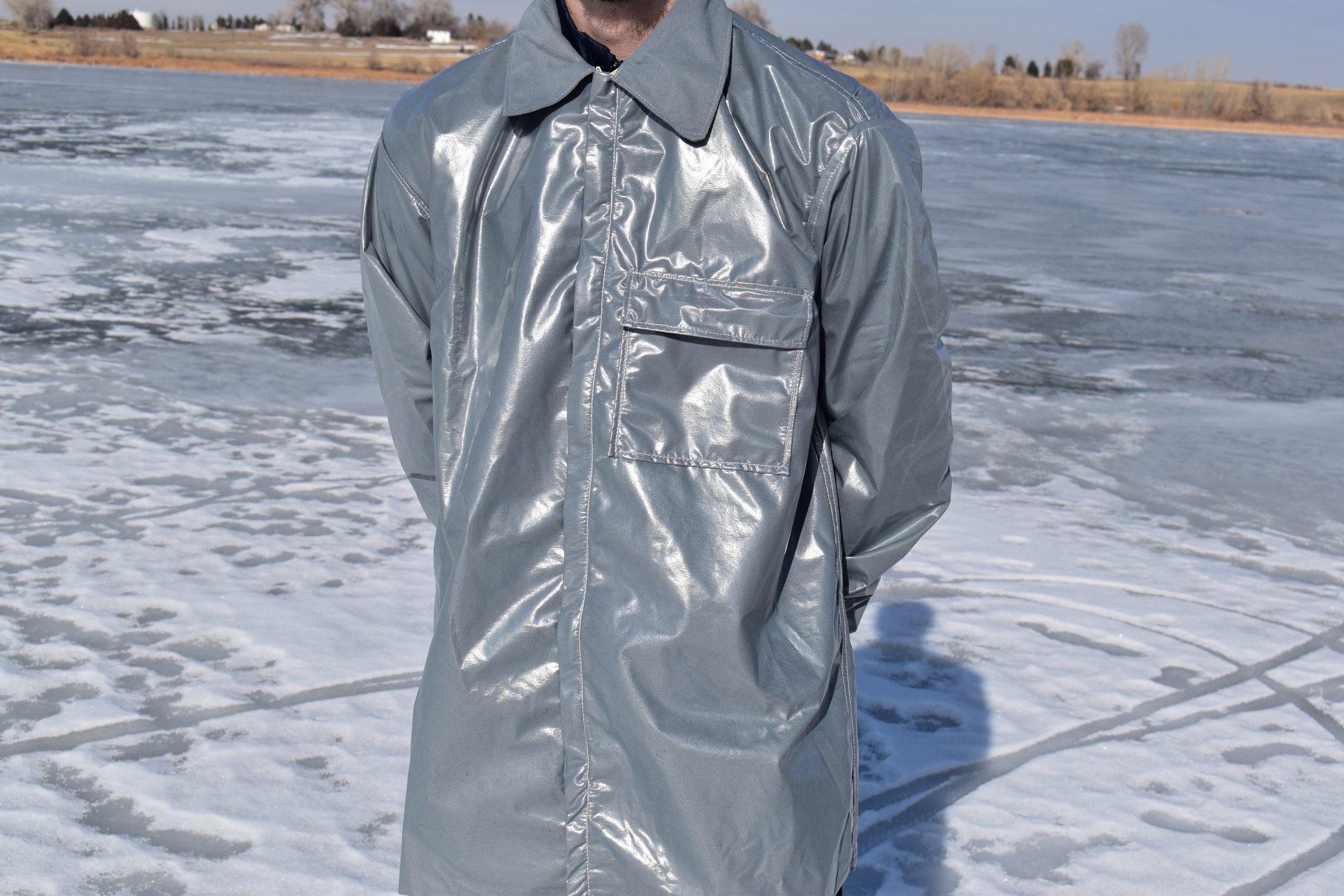
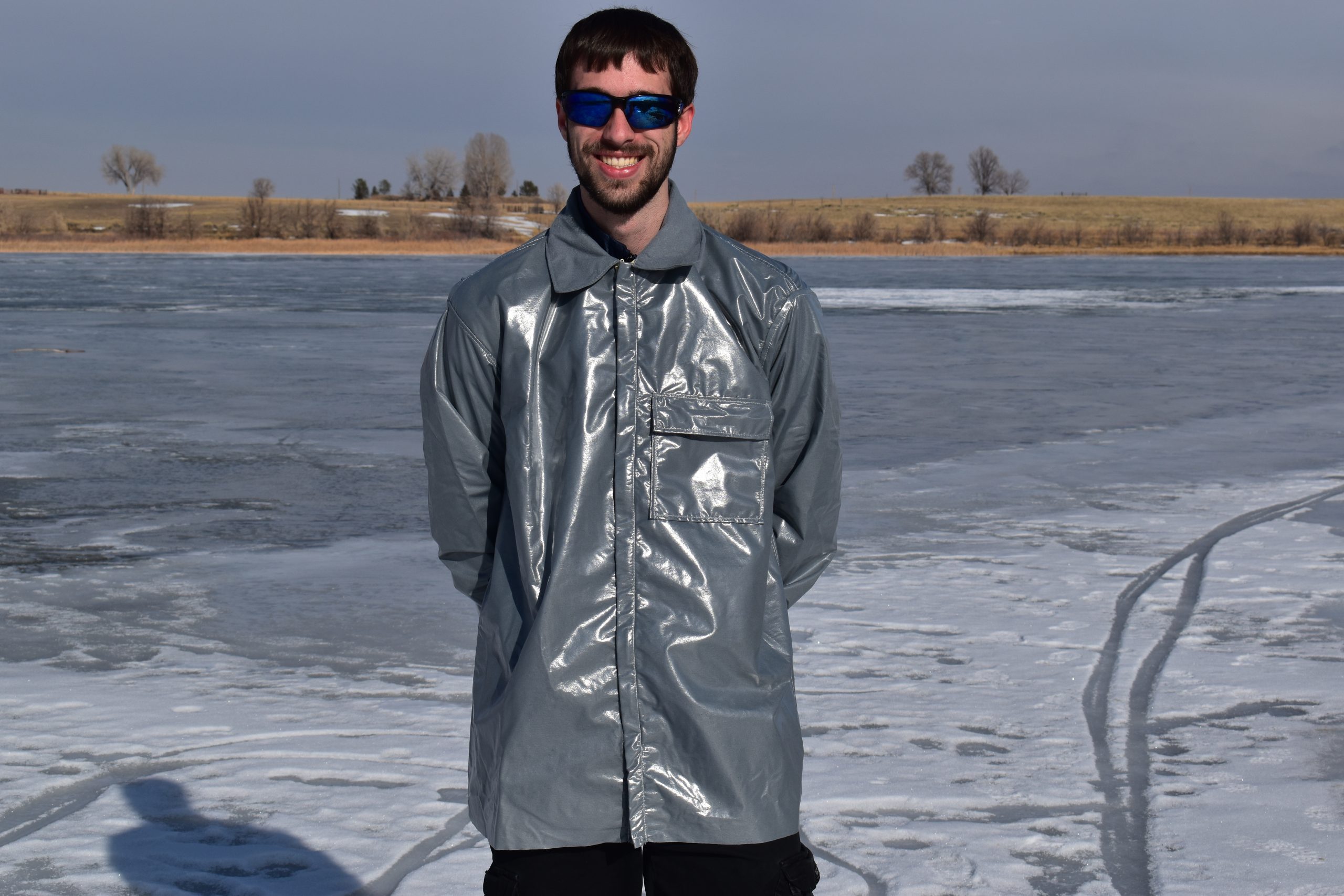
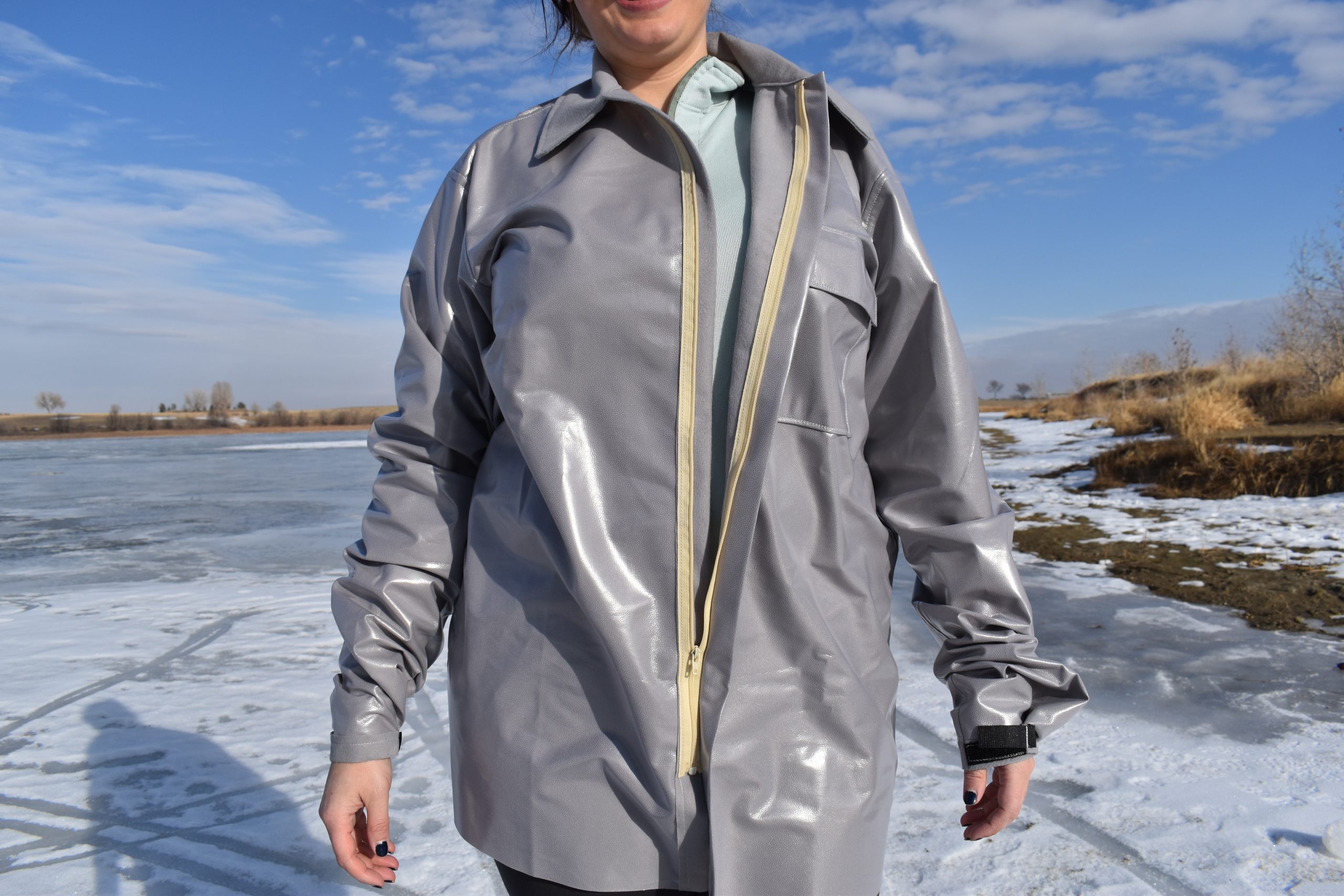
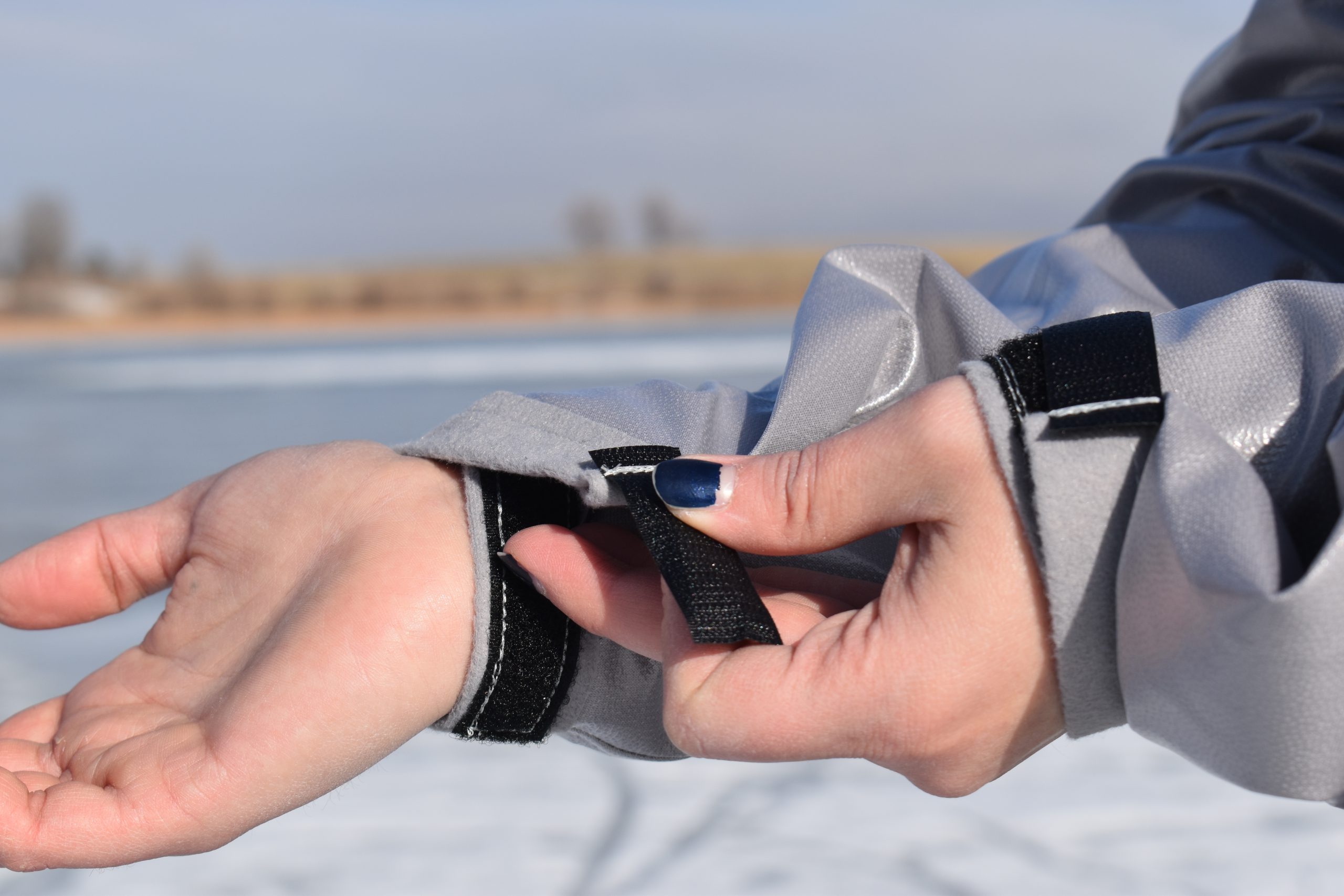
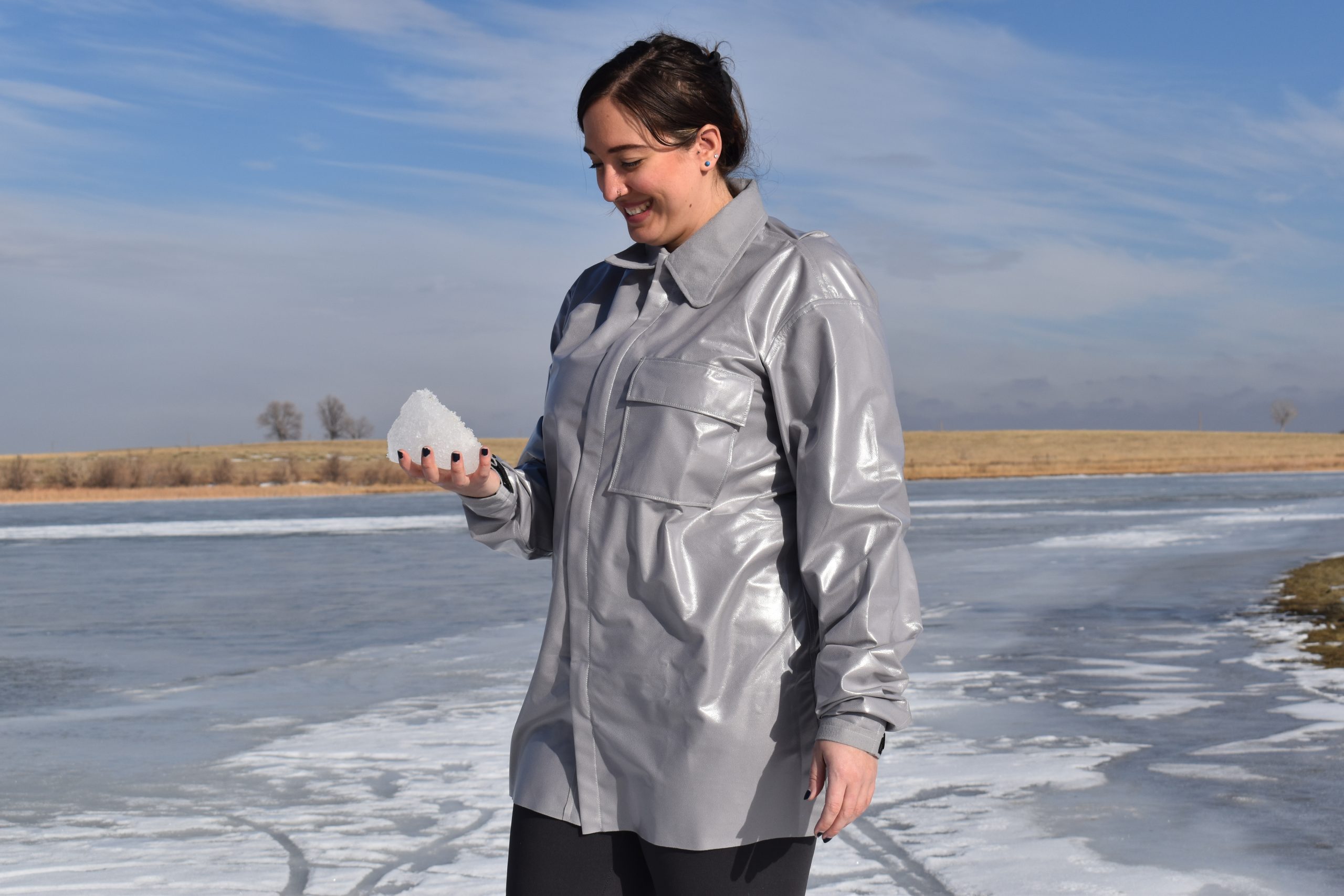


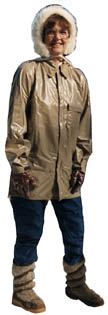
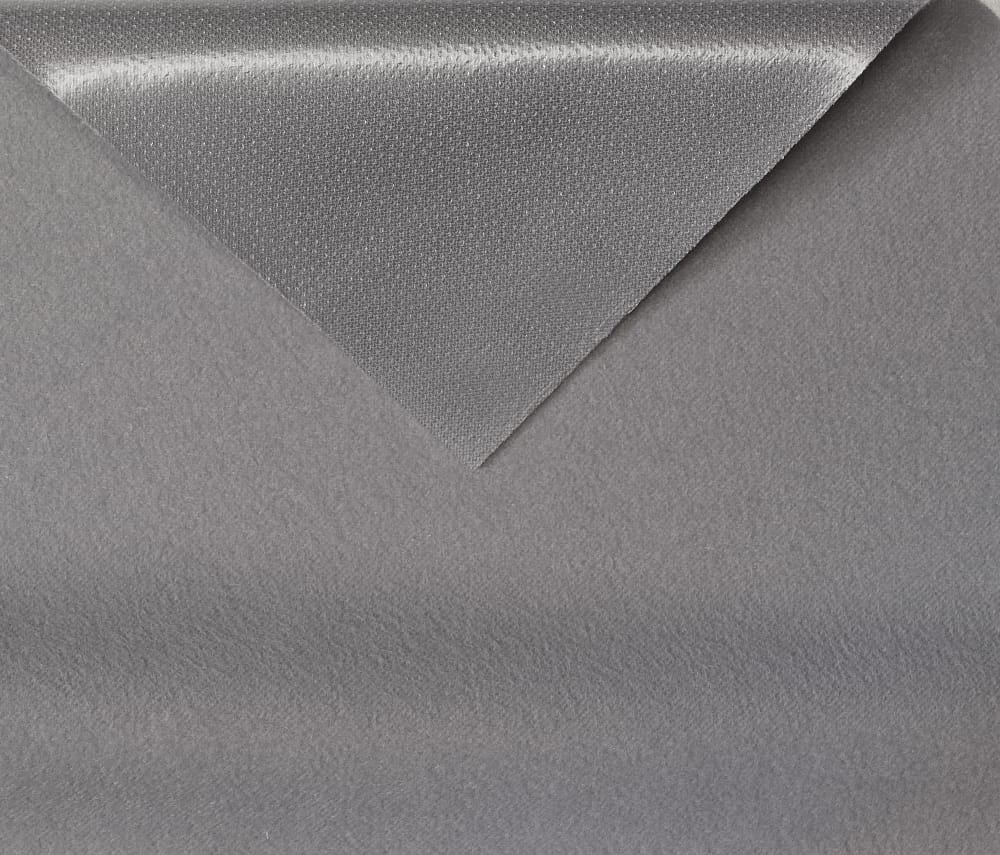




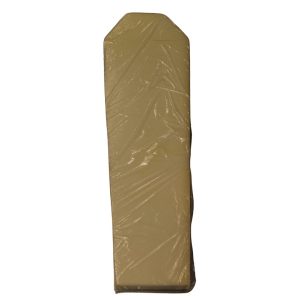

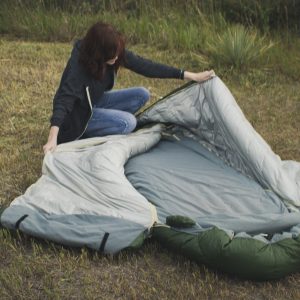
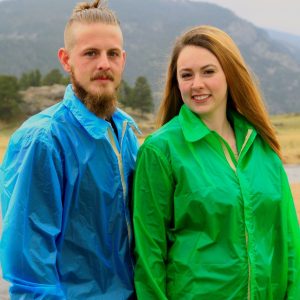
Reviews
There are no reviews yet.